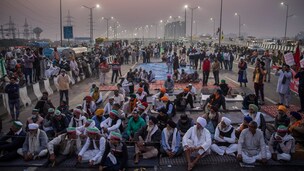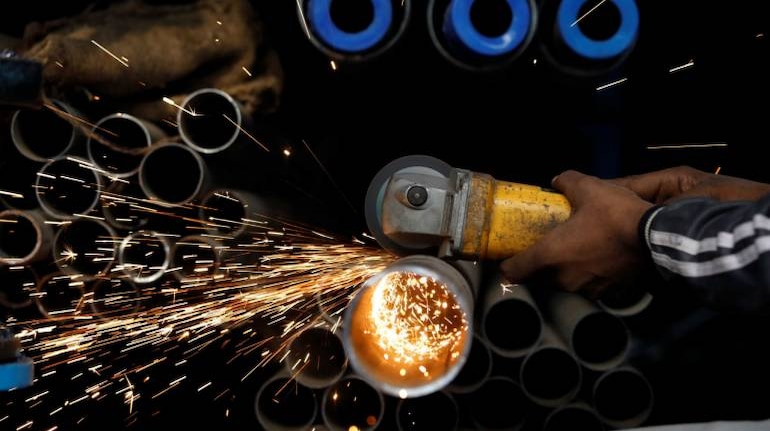India Ratings has revised India's GDP growth forecast for FY21 further down to a contraction of 11.8 percent.
India Ratings and Research (Ind-Ra) revised its expectation for India's FY21 gross domestic product (GDP). It now expects contraction to narrow to 7.8 percent from 11.8 percent forecast earlier. The revision is due to the easing of the COVID-19 headwinds and better-than-expected second quarter FY21 GDP numbers.
"However, the question remains, how sustainable is the recovery witnessed in 2QFY21, as a significant part of the impetus came from the festival and pent-up demand," Ind-Ra said in a statement.
Although the headwinds emanating from Covid-19 related challenges are unlikely to go away till mass vaccination becomes a reality, perhaps the economic agents and economic activities not only have learnt to live with it but also are adjusting swiftly to the post-Covid-19 world, it said in a statement.
Ind-Ra now expects third quarter FY21 GDP growth to see a contraction of 0.8 percent and fourth quarter FY21 GDP growth to turn positive at 0.3 percent, against its earlier expectation of it turning positive in the fourth quarter of FY22.
"The agency expects FY22 growth to be 9.6 percent, mainly due to the favourable/weak base of FY21," the statement said.
The non-contact intensive sector such as manufacturing or electricity and other utilities in the second quarter of FY21 recorded positive growth, and the mining and construction sectors saw a significant reduction in negative growth.
However, the same is not true for the contact-intensive services sectors such as trade, hotel, real estate, and tourism and they are likely to remain subdued for some more time due to social distancing norms and risk aversion, the statement said.
Agriculture has been a bright spot, despite the Covid-19 related lockdown, and continues to be so, riding on the back of the favourable 2020 monsoon.
"Ind-Ra, therefore, expects agriculture, industry and services to grow at 3.5 percent, negative 10.3 percent and negative 9.8 percent year-on-year, respectively, in FY21," the rating agency said in the statement.










_2020091018165303jzv.jpg)

























